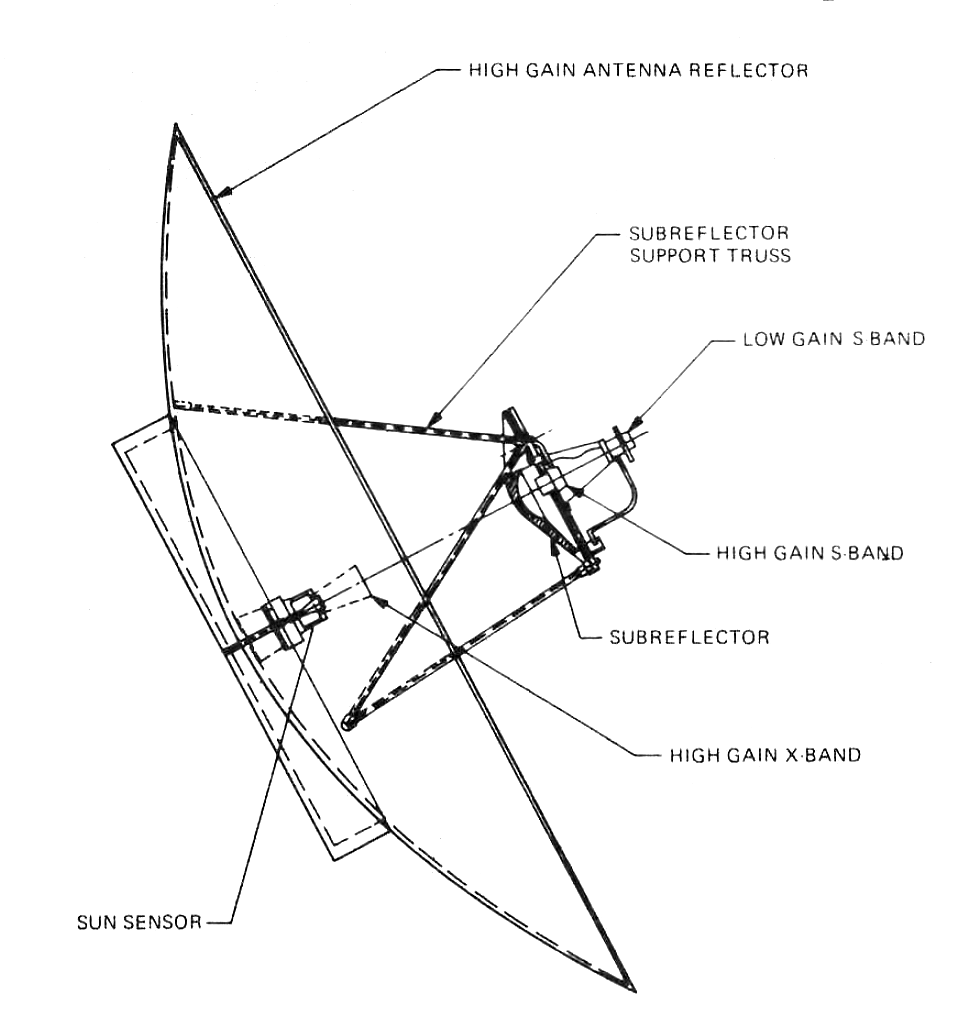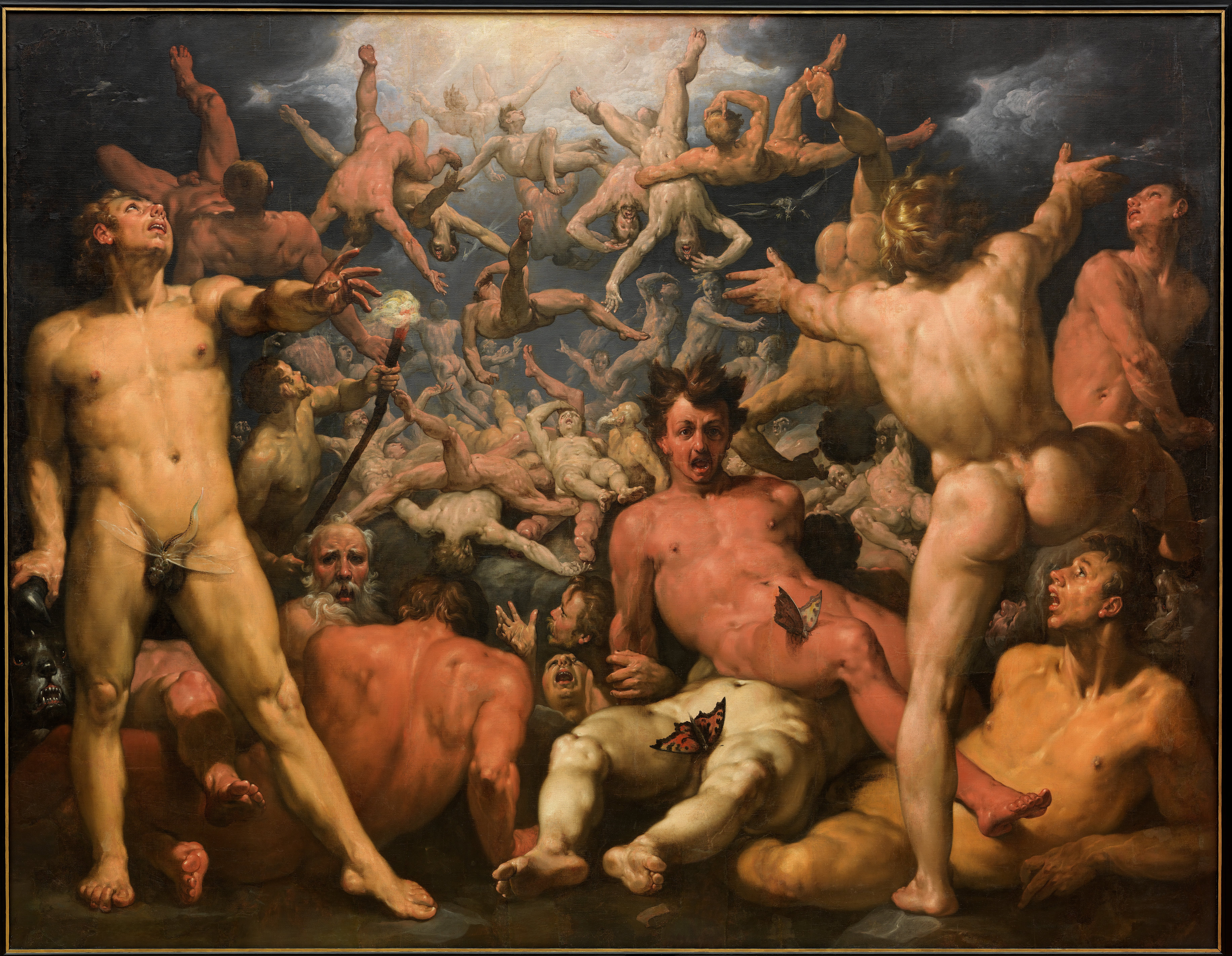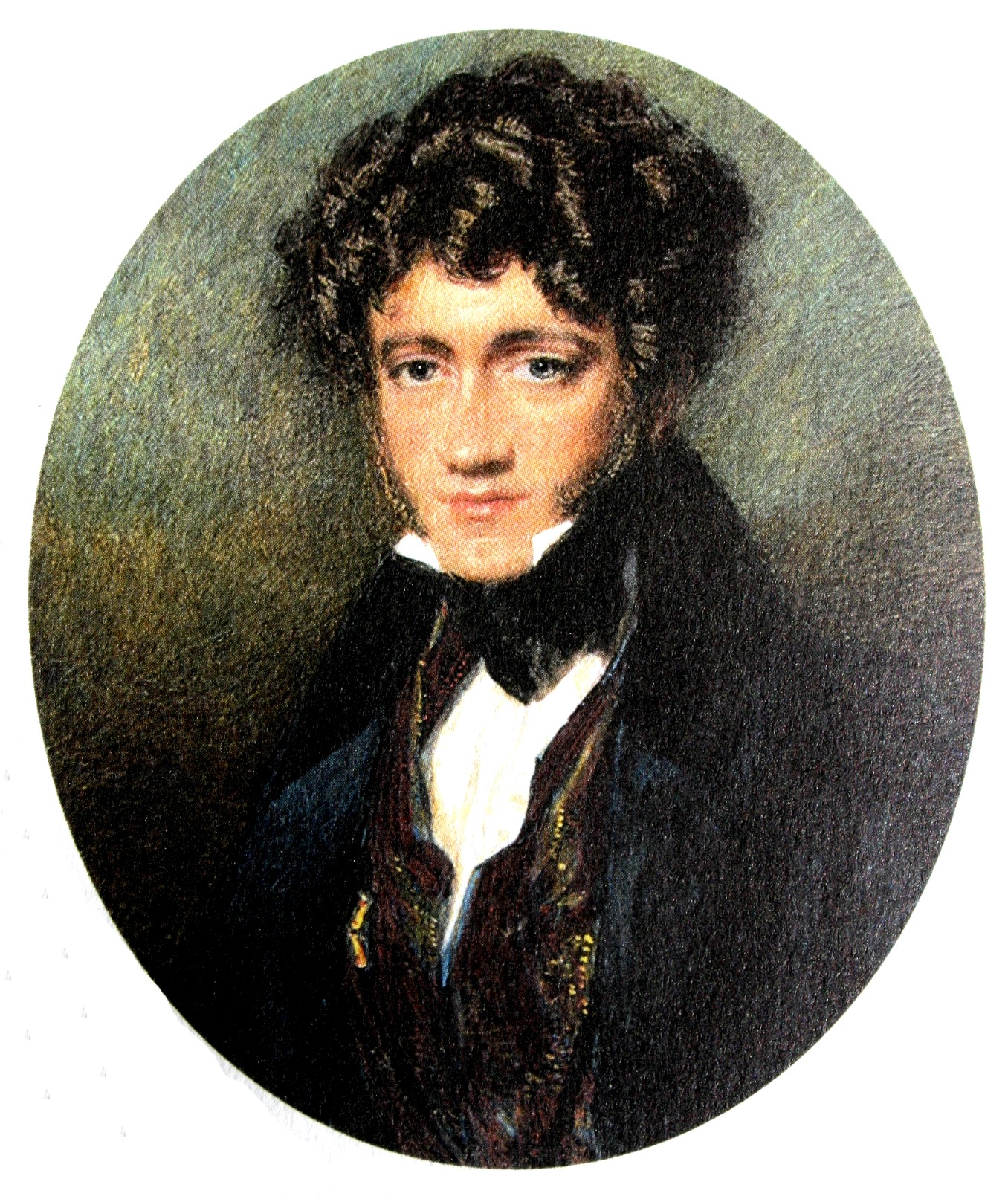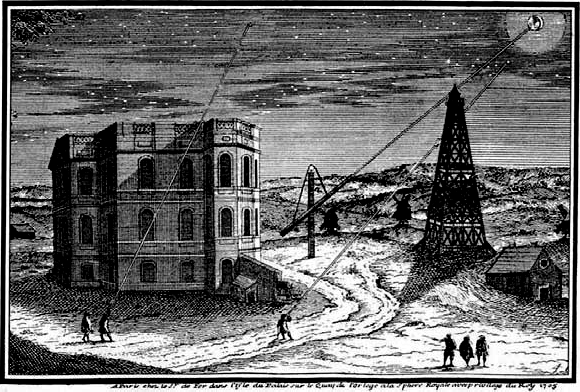|
Dione (moon)
Dione (), also designated Saturn IV, is the fourth-largest moon of Saturn. With a mean diameter of 1,123 km and a density of about 1.48 g/cm3, Dione is composed of an icy mantle and crust overlying a silicate rocky core, with rock and water ice roughly equal in mass. Its trailing hemisphere is marked by large cliffs and scarps called chasmata; the trailing hemisphere is also significantly darker compared to the leading hemisphere. The moon was discovered by Italian astronomer Giovanni Domenico Cassini in 1684 and is named after the Titaness Dione in Greek mythology. Dione was first imaged up-close by the ''Voyager 1'' space probe in 1980. Later, the '' Cassini'' spacecraft made multiple flybys of Dione throughout the 2000s and 2010s as part of its campaign to explore the Saturn system. Name Giovanni Domenico Cassini named the four moons he discovered ( Tethys, Dione, Rhea, and Iapetus) '' Sidera Lodoicea'' ("the stars of Louis") to honor king Louis XIV. Cassini ... [...More Info...] [...Related Items...] OR: [Wikipedia] [Google] [Baidu] |
Asteroid
An asteroid is a minor planet—an object larger than a meteoroid that is neither a planet nor an identified comet—that orbits within the Solar System#Inner Solar System, inner Solar System or is co-orbital with Jupiter (Trojan asteroids). Asteroids are rocky, metallic, or icy bodies with no atmosphere, and are broadly classified into C-type asteroid, C-type (carbonaceous), M-type asteroid, M-type (metallic), or S-type asteroid, S-type (silicaceous). The size and shape of asteroids vary significantly, ranging from small rubble piles under a kilometer across to Ceres (dwarf planet), Ceres, a dwarf planet almost 1000 km in diameter. A body is classified as a comet, not an asteroid, if it shows a coma (tail) when warmed by solar radiation, although recent observations suggest a continuum between these types of bodies. Of the roughly one million known asteroids, the greatest number are located between the orbits of Mars and Jupiter, approximately 2 to 4 astronomical unit, AU ... [...More Info...] [...Related Items...] OR: [Wikipedia] [Google] [Baidu] |
Voyager 1
''Voyager 1'' is a space probe launched by NASA on September 5, 1977, as part of the Voyager program to study the outer Solar System and the interstellar medium, interstellar space beyond the Sun's heliosphere. It was launched 16 days after its twin, ''Voyager 2''. It communicates through the NASA Deep Space Network (DSN) to receive routine commands and to transmit data to Earth. Real-time distance and velocity data are provided by NASA and Jet Propulsion Laboratory, JPL. At a distance of from Earth , it is the most distant human-made object from Earth. The probe made Flyby (spaceflight), flybys of Jupiter, Saturn, and Saturn's largest Natural satellite, moon, Titan (moon), Titan. NASA had a choice of either conducting a Pluto or Titan flyby. Exploration of Titan took priority because it was known to have a substantial atmosphere. ''Voyager 1'' studied the weather, magnetic fields, and rings of the two gas giants and was the first probe to provide detailed images of their ... [...More Info...] [...Related Items...] OR: [Wikipedia] [Google] [Baidu] |
Dwarf Planet
A dwarf planet is a small planetary-mass object that is in direct orbit around the Sun, massive enough to be hydrostatic equilibrium, gravitationally rounded, but insufficient to achieve clearing the neighbourhood, orbital dominance like the eight classical planets of the Solar System. The prototypical dwarf planet is Pluto, which for decades was regarded as a planet before the "dwarf" concept was adopted in 2006. Dwarf planets are capable of being geologically active, an expectation that was borne out in 2015 by the ''Dawn (spacecraft), Dawn'' mission to and the ''New Horizons'' mission to Pluto. planetary geology, Planetary geologists are therefore particularly interested in them. Astronomers are in general agreement that at least the List of possible dwarf planets#Likeliest dwarf planets, nine largest candidates are dwarf planets – in rough order of diameter, , , , , , , , , and . A considerable uncertainty remains over the tenth largest candidate , which may thus be co ... [...More Info...] [...Related Items...] OR: [Wikipedia] [Google] [Baidu] |
William Lassell
William Lassell (18 June 1799 – 5 October 1880) was an English merchant and astronomer.AN 98(1881) 108 He is remembered for his improvements to the and his ensuing discoveries of four planetary satellites. Life William Lassell was born in , Lancashire, on 18 June 1799. He received his early education in Bolton and later attended |
Cronus
In ancient Greek religion and Greek mythology, mythology, Cronus, Cronos, or Kronos ( or ; ) was the leader and youngest of the Titans, the children of Gaia (Earth) and Uranus (mythology), Uranus (Sky). He overthrew his father and ruled during the mythological Golden Age until he was overthrown by his son Zeus and imprisoned in Tartarus. According to Plato, however, the deities Phorcys, Cronus, and Rhea (mythology), Rhea were the eldest children of Oceanus and Tethys (mythology), Tethys. Cronus was usually depicted with a harpe, scythe, or sickle, which was the instrument he used to castrate and depose Uranus, his father. In Athens, on the twelfth day of the Attic month of Attic calendar, Hekatombaion, a festival called Kronia was held in honour of Cronus to celebrate the harvest, suggesting that, as a result of his association with the virtuous Golden Age, Cronus continued to preside as a List of agricultural gods, patron of the harvest. Cronus was also identified in classi ... [...More Info...] [...Related Items...] OR: [Wikipedia] [Google] [Baidu] |
Titan (mythology)
In Greek mythology, the Titans ( ; ) were the pre- Olympian gods. According to the ''Theogony'' of Hesiod, they were the twelve children of the primordial parents Uranus (Sky) and Gaia (Earth). The six male Titans were Oceanus, Coeus, Crius, Hyperion, Iapetus, and Cronus; the six female Titans—called the Titanides () or Titanesses—were Theia, Rhea, Themis, Mnemosyne, Phoebe, and Tethys. After Cronus mated with his older sister Rhea, she bore the first generation of Olympians: the six siblings Zeus, Hades, Poseidon, Hestia, Demeter, and Hera. Certain other descendants of the Titans, such as Prometheus, Atlas, Helios, and Leto, are sometimes also called Titans. The Titans were the former gods: the generation of gods preceding the Olympians. They were overthrown as part of the Greek succession myth, which tells how Cronus seized power from his father Uranus and ruled the cosmos with his fellow Titans before being in turn defeated and replaced as the ruling pantheon o ... [...More Info...] [...Related Items...] OR: [Wikipedia] [Google] [Baidu] |
John Herschel
Sir John Frederick William Herschel, 1st Baronet (; 7 March 1792 – 11 May 1871) was an English polymath active as a mathematician, astronomer, chemist, inventor and experimental photographer who invented the blueprint and did botanical work. Herschel originated the use of the Julian day system in astronomy. He named seven moons of Saturn and four moons of Uranus – the seventh planet, discovered by his father Sir William Herschel. He made many contributions to the science of photography, and investigated colour blindness and the chemical power of ultraviolet rays. His ''Preliminary Discourse'' (1831), which advocated an Inductive reasoning, inductive approach to scientific experiment and theory-building, was an important contribution to the philosophy of science. Early life and work on astronomy Herschel was born in Slough, Buckinghamshire, the son of Mary Baldwin and astronomer Sir William Herschel. He was the nephew of astronomer Caroline Herschel. He studied short ... [...More Info...] [...Related Items...] OR: [Wikipedia] [Google] [Baidu] |
William Herschel
Frederick William Herschel ( ; ; 15 November 1738 – 25 August 1822) was a German-British astronomer and composer. He frequently collaborated with his younger sister and fellow astronomer Caroline Herschel. Born in the Electorate of Hanover, William Herschel followed his father into the military band of Hanover, before immigrating to Kingdom of Great Britain, Britain in 1757 at the age of nineteen. Herschel constructed his first large telescope in 1774, after which he spent nine years carrying out sky surveys to investigate double stars. Herschel published catalogues of nebulae in 1802 (2,500 objects) and in 1820 (5,000 objects). The resolving power of the Herschel telescopes revealed that many objects called nebulae in the Messier object, Messier catalogue were actually clusters of stars. On 13 March 1781 while making observations he made note of a new object in the constellation of Gemini. This would, after several weeks of verification and consultation with other astrono ... [...More Info...] [...Related Items...] OR: [Wikipedia] [Google] [Baidu] |
Paris Observatory
The Paris Observatory (, ), a research institution of the Paris Sciences et Lettres University, is the foremost astronomical observatory of France, and one of the largest astronomical centres in the world. Its historic building is on the Left Bank of the Seine in central Paris, but most of the staff work on a satellite campus in Meudon, a suburb southwest of Paris. The Paris Observatory was founded in 1667. Construction was completed by the early 1670s and coincided with a major push for increased science, and the founding of the Royal Academy of Sciences. King Louis XIV's minister of finance organized a "scientific powerhouse" to increase understanding of astronomy, maritime navigation, and science in general. Through the centuries the Paris Observatory has continued in support of astronomical activities, and in the 21st century connects multiple sites and organizations, supporting astronomy and science, past and present. Constitution Administratively, it is a '' grand étab ... [...More Info...] [...Related Items...] OR: [Wikipedia] [Google] [Baidu] |
Aerial Telescope
An aerial telescope is a type of very long focal length refracting telescope, built in the second half of the 17th century, that did not use a tube. Instead, the objective was mounted on a pole, tree, tower, building or other structure on a swivel ball-joint. The observer stood on the ground and held the eyepiece, which was connected to the objective by a string or connecting rod. By holding the string tight and maneuvering the eyepiece, the observer could aim the telescope at objects in the sky. The idea for this type of telescope may have originated in the late 17th century with the Dutch mathematician, astronomer and physicist Christiaan Huygens and his brother Constantijn Huygens, Jr., though it is not clear if they actually invented it. Predecessors: very long "tubed" telescopes Telescopes built in the 17th and early 18th century used single element non-achromatic objective lenses that suffered from interfering rainbow halos (chromatic aberration) introduced by the non- ... [...More Info...] [...Related Items...] OR: [Wikipedia] [Google] [Baidu] |
Louis XIV Of France
LouisXIV (Louis-Dieudonné; 5 September 16381 September 1715), also known as Louis the Great () or the Sun King (), was King of France from 1643 until his death in 1715. His verified reign of 72 years and 110 days is the List of longest-reigning monarchs, longest of any monarch in history. An emblem of the Absolutism (European history), age of absolutism in Europe, Louis XIV's legacy includes French colonial empire, French colonial expansion, the conclusion of the Thirty Years' War involving the Habsburgs, and a controlling influence on the Académie royale de peinture et de sculpture, style of fine arts and architecture in France, including the transformation of the Palace of Versailles into a center of royal power and politics. Louis XIV's pageantry and opulence helped define the French Baroque architecture, French Baroque style of art and architecture and promoted his image as absolute ruler of France in the early modern period. Louis XIV began his personal rule of France ... [...More Info...] [...Related Items...] OR: [Wikipedia] [Google] [Baidu] |
Sidera Lodoicea
Sidera Lodoicea is the name given by the astronomer Giovanni Domenico Cassini to the four Saturn's natural satellites, moons of Saturn discovered by him in the years 1671, 1672, and 1684 and published in his ''Découverte de deux nouvelles planètes autour de Saturne'' in 1673 and in the ''Journal des sçavans'' in 1686. These satellites are today known by the following names, given in 1847: * Iapetus (moon), Iapetus or Saturn VIII, discovered October 25, 1671 * Rhea (moon), Rhea or Saturn V, discovered December 23, 1672 * Tethys (moon), Tethys or Saturn III, discovered March 21, 1684 * Dione (moon), Dione or Saturn IV, discovered March 21, 1684 The name ''Sidera Lodoicea'' means "Louisian Stars", from Latin ''sidus'' "star" and ''Lodoiceus'', a Nonce word, nonce adjective coined from ''Lodoicus'', one of several Latin forms of the French name ''Louis'' (reflecting an older form, ''Lodhuwig''). Cassini intended the name to honor King Louis XIV of France, who reigned from 1643 ... [...More Info...] [...Related Items...] OR: [Wikipedia] [Google] [Baidu] |










